February 2024 Craft: Napkin Mod Podge Planter
By Captain Hilda ParksRenton, WA CorpsNorthwest Division A great way to unplug is to craft. Here is an easy craft that you can make and enjoy during your “unplugged” times. …
Salvation Army USA Western Territory Women's Ministries
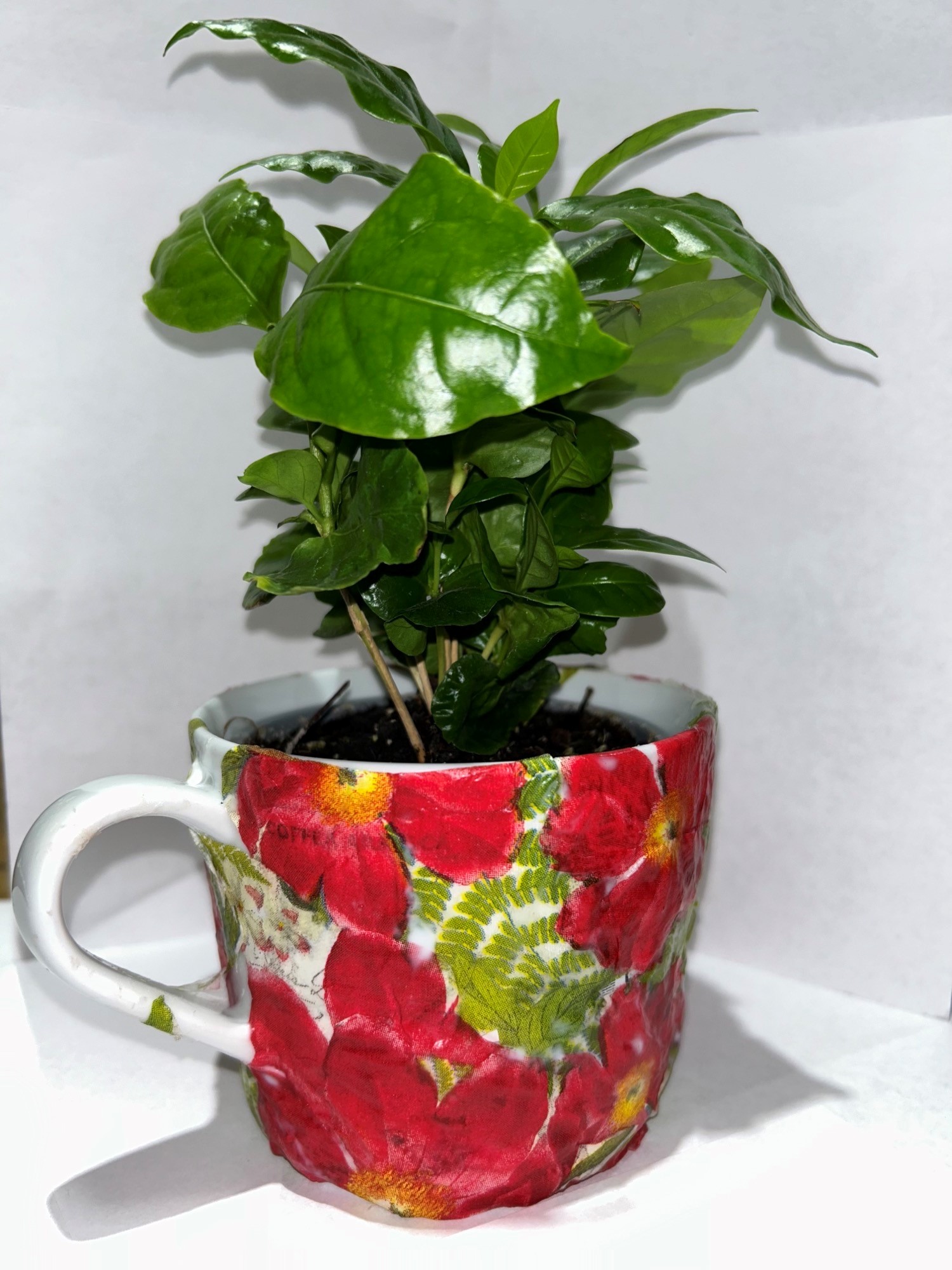
By Captain Hilda ParksRenton, WA CorpsNorthwest Division A great way to unplug is to craft. Here is an easy craft that you can make and enjoy during your “unplugged” times. …

According to a recent survey 84% of all cell phone users claim they could not go a single day without their devices. Another study showed that mobile device owners check …

Happy New Year! This month we are focusing on flourishing by deeply rooted in the spiritual discipline of Journaling. In her book Spiritual Disciplines: Practices That Transform Us, Adele Ahlberg …
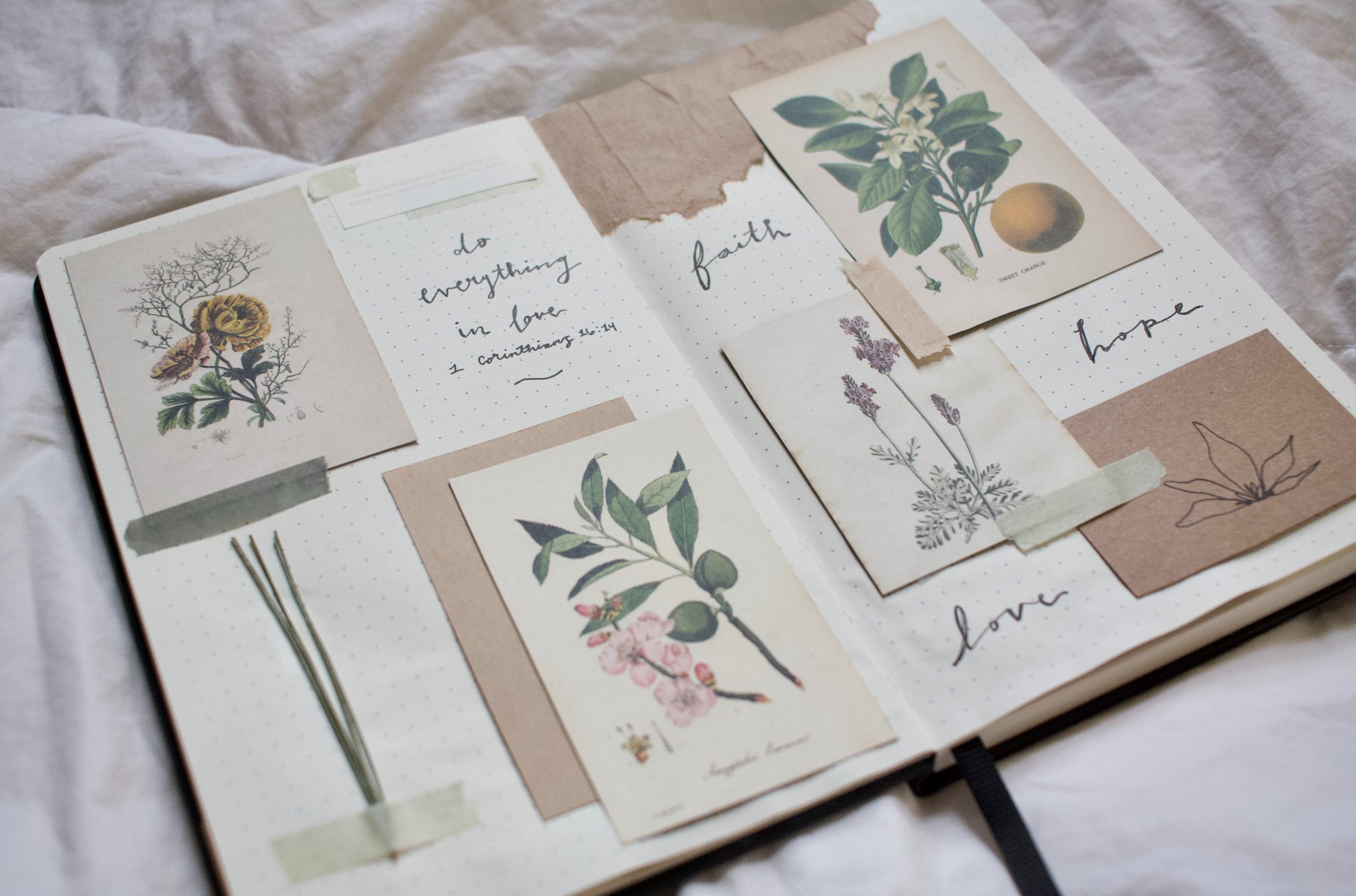
By Major Stacy CrossDirector of Education & Continuing EducationCollege for Officer Training Journal Pages Journal Cover Use scrapbook paper or any heavy weight decorative paper to make cover. Be creative! …

For the month of December we are focusing on flourishing by being deeply rooted in the spiritual discipline of Celebration. In her book Spiritual Disciplines: Practices That Transforms Us, Adele …
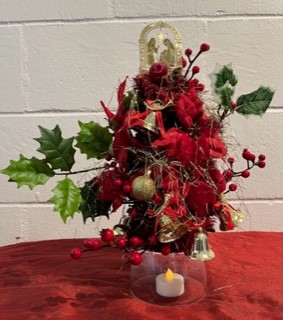
By Major Jasiel TumaleGuam CorpsHawaiian & Pacific Islands Division Materials: Directions:1. Glue the pinecone in a clear bowl.2. Decorate the pinecone with assorted Christmas ornaments.3. Turn on the tea light …
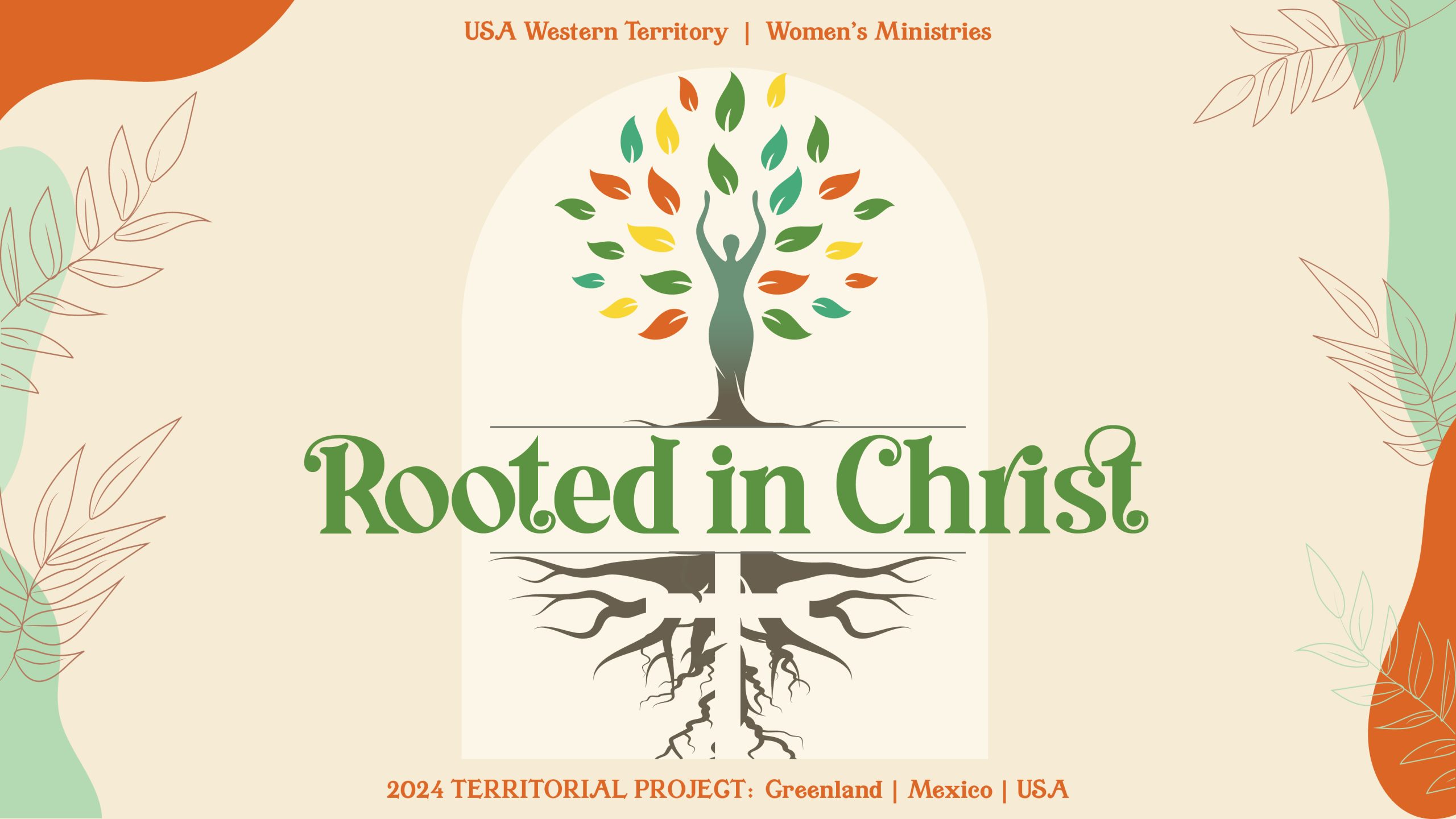
Every year the women of The Salvation Army USA Western Territory are always so generous in raising money for our Territorial Project. This year we are raising money for: Nuuk, …

By Captain Jennifer SwainAdministrator of ProgramSan Diego, CA Adult Rehabilitation Program Supplies*: *Most supplies can be purchased inexpensively at Amazon or the Dollar Tree! How to… Cover your surface with …

We continue our series on being “Deeply Rooted in the Spiritual Disciplines.” For the month of November, we are focusing on the spiritual practice of Gratitude. In her book Spiritual …
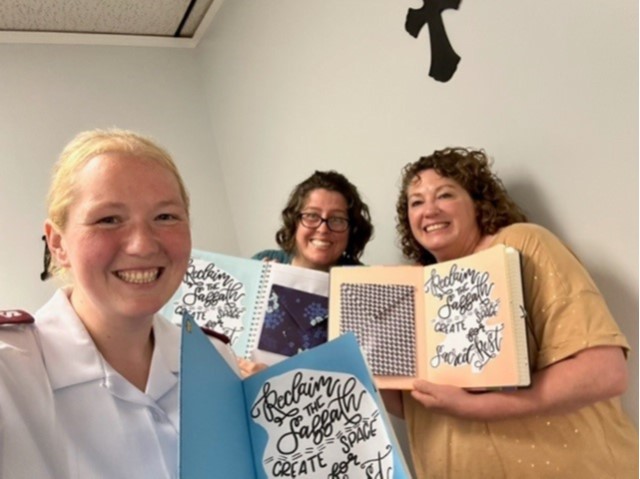
By Captain Amber OhlBozeman, MT Corps – Intermountain Division For me Smash Books are just a more beautiful journal. I think of it as a doodle pad, journal, maybe even …

Welcome to the second year of the Flourish Newsletter. Last program year, we focused on flourishing in and through different seasons that we all go through. This year we want …
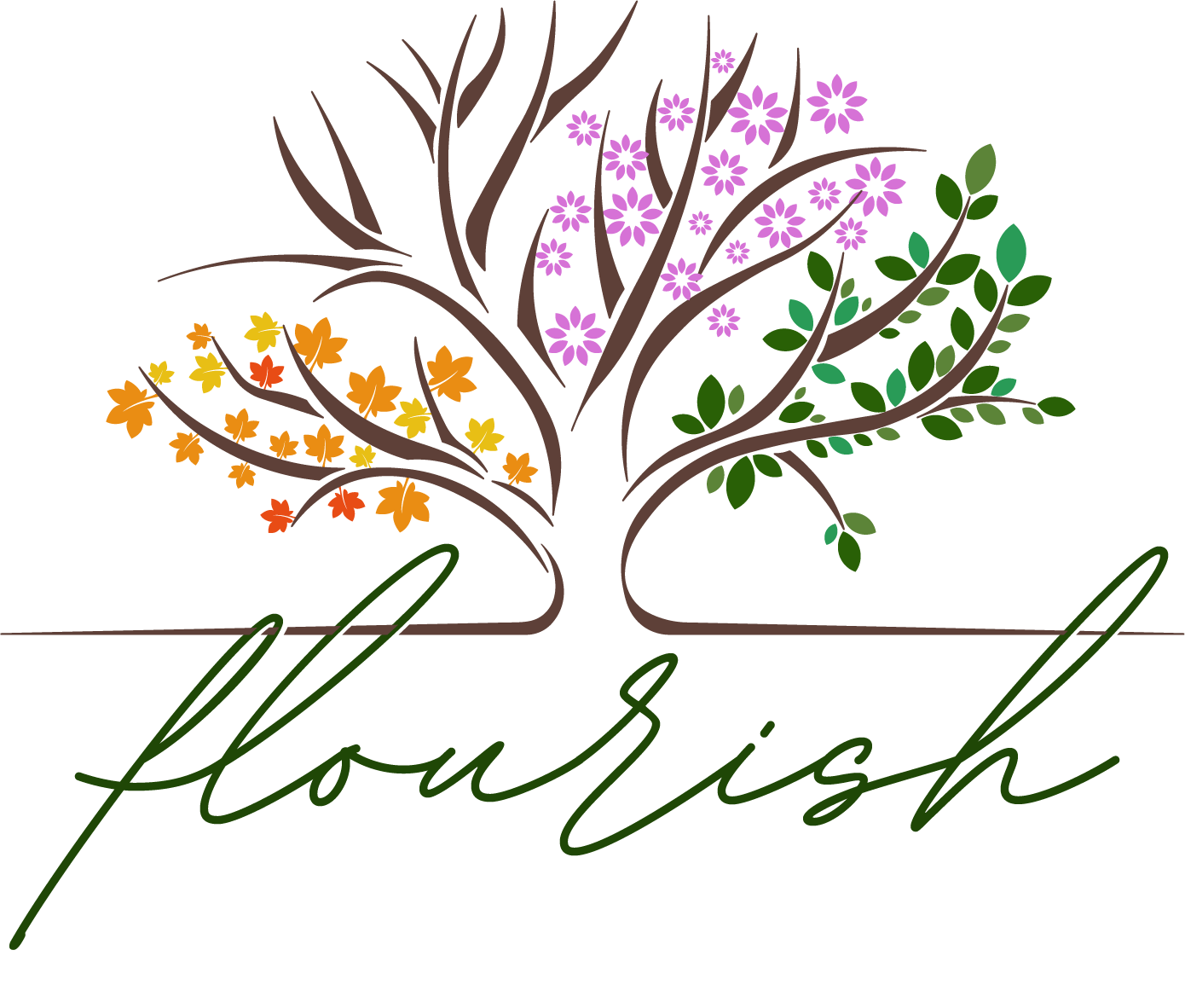
In The Salvation Army USA Western Territory, we want ministry to women to flourish, grow, and thrive. Below are easy links to information on our website, that should answer questions …
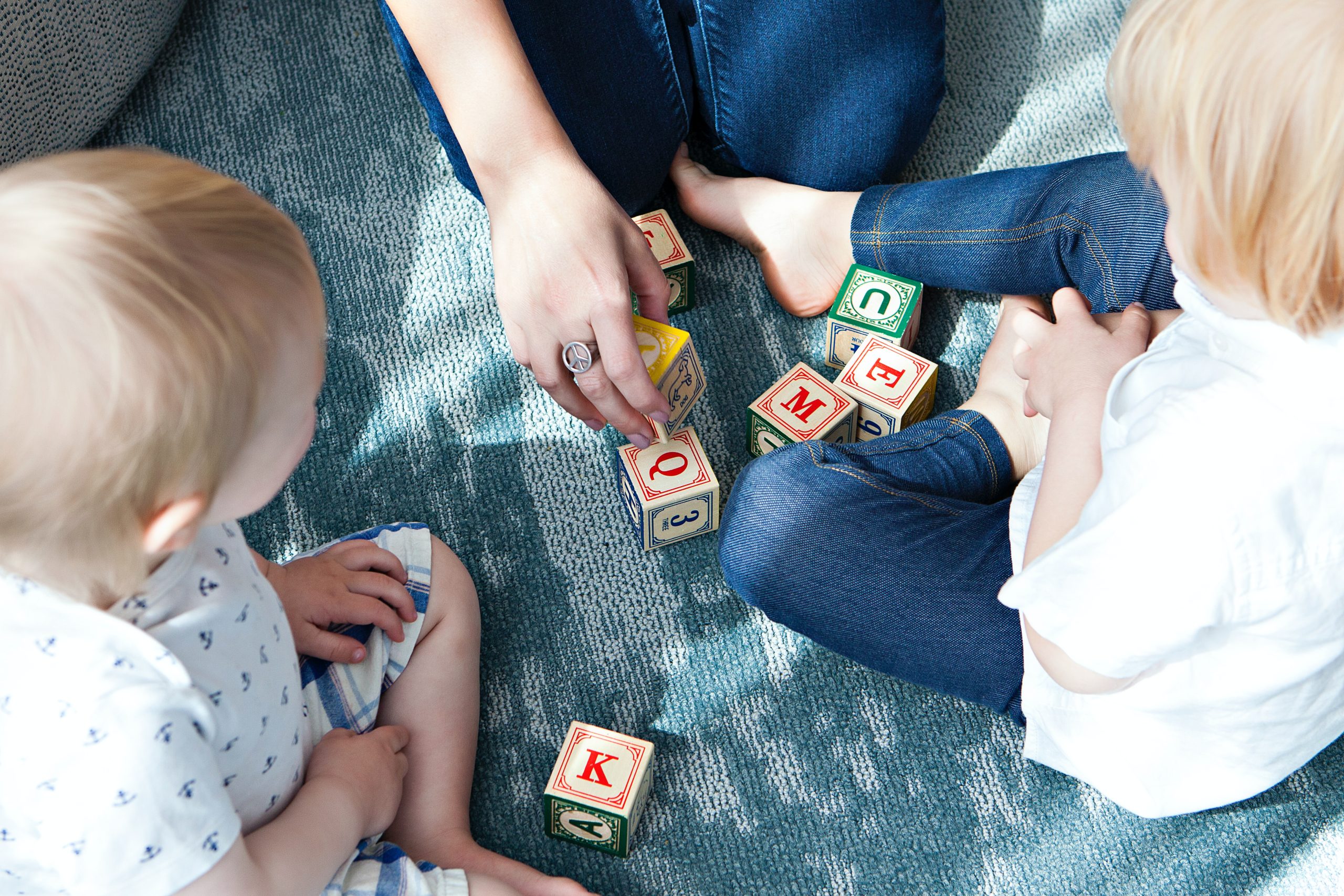
The Salvation Army USA Western TerritoryBABY SONG STATISTICAL REPORTING Baby Song is an exciting Salvation Army outreach program for babies, toddlers and their parents. Baby Song provides an opportunity for: …

The Salvation Army USA Western TerritorySTATISTICAL QUICK REFERENCE Women’s Ministries is the umbrella term that covers all ministries offered to women in The Salvation Army, which includes Home League and …

The Salvation Army USA Western TerritoryJUNIOR HOME LEAGUE PROGRAM Junior Home League is a self-esteem development program for girls, ages 11-15 years old. It provides insight to personal improvement and …
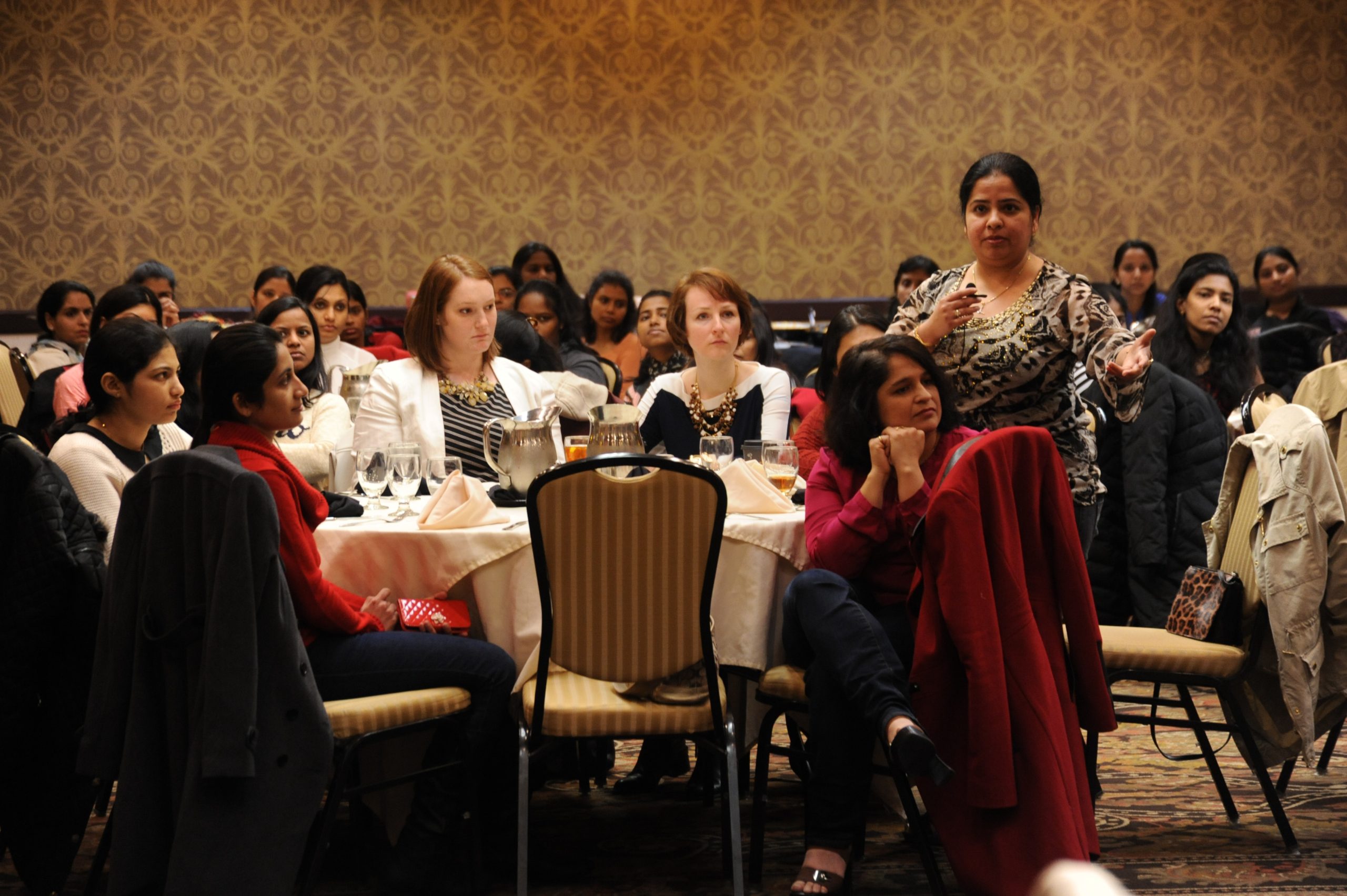
The Salvation Army USA Western TerritoryMINISTRIES TO WOMEN SPECIAL EVENTS WOMEN’S SUNDAYIt is encouraged that every corps feature Women’s Ministries Sunday within a program year (October-September). The purpose of the …

The Salvation Army USA Western TerritoryFINANCE The corps officer/officer-in-charge/corps administrator and leaders of the Women’s Ministries Groups(s) are together responsible to ensure that accounting for group finances is carried out …

The Salvation Army USA Western TerritoryHOME LEAGUE While Home League is a Women’s Ministries program, it is an international fellowship with specific required guidelines. MOTTO“I will live a pure life …

What if what we traditionally think of as a “program” is actually just a community? Flourishing in life doesn’t always come naturally, but it has a greater chance to when …

Are we flourishing in our ministry to women? A new and fresh design for a ministry to women has to begin with an assessment of what has been done in …

We don’t usually “ooh” and “awe” over the beautiful look of tree roots. We don’t always see them and even when we do, they’re not always beautiful but boy are …

As women of The Salvation Army, it is vital that we take the opportunity to assess our own emotional, physical, and spiritual health on a regular basis. Flourishing in life …

Women’s Ministries is the umbrella term that covers all ministries offered to women in The Salvation Army, which includes Home League and Women’s Ministries Outreach Groups. Fundamental Purpose – Women’s …

Personal:Integrity & courageEmotional maturityVision & creativityPositive self-ImageTeachable spiritServant heartWelcoming natureCompassionate, gracious & caring Spiritual:Intimate relationship with GodSensitive to the leading of the Holy SpiritJealous for God’s honor, not her ownDevoted …